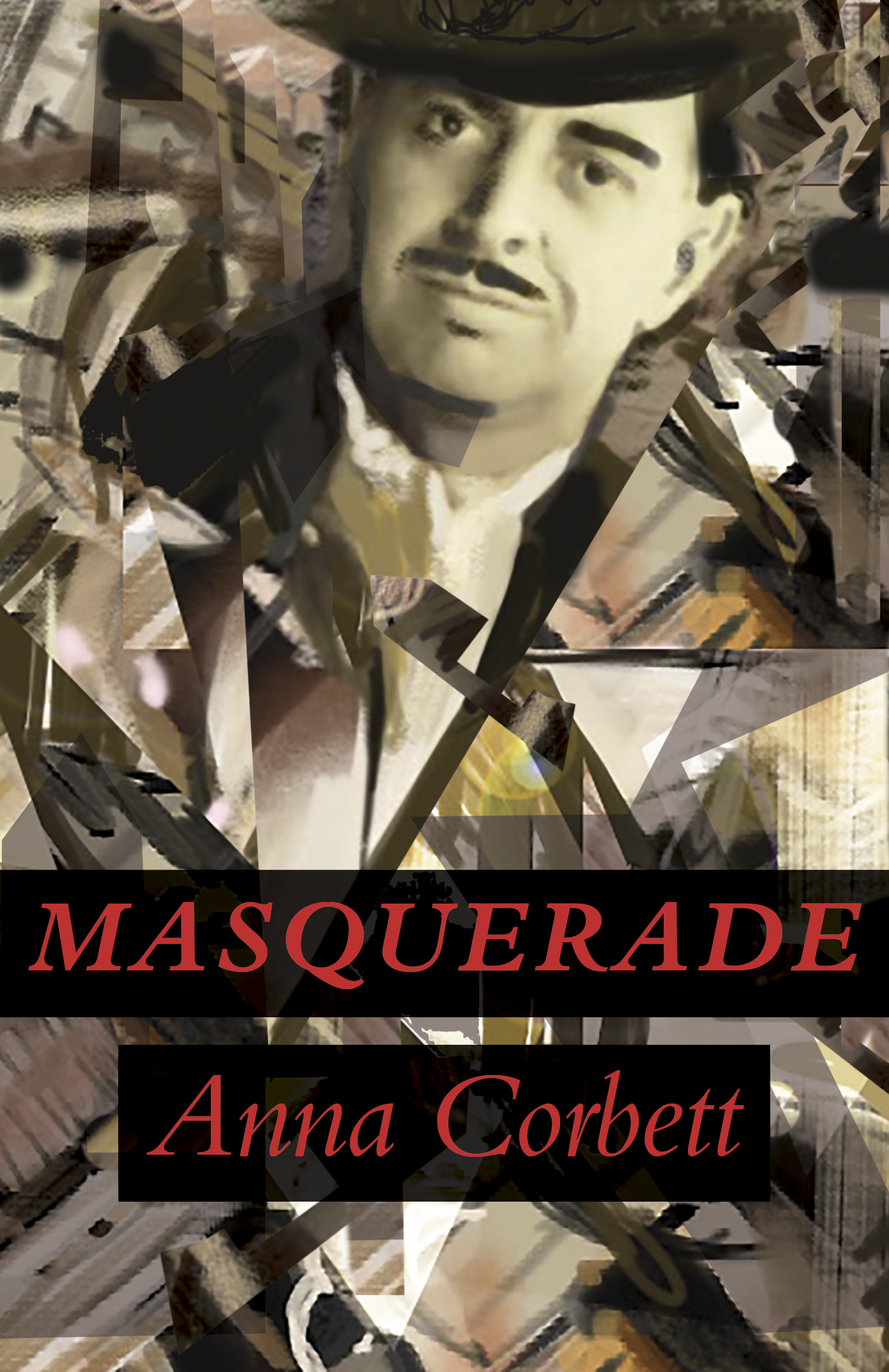Please refer to the Current Project page for information regarding the sequel to Masquerade.

MASQUERADE
Set between 1923-1946, the story takes place in two locations, namely Cardiff’s ‘Tiger Bay’, now known as Butetown, and Harlem, New York. The narrative addresses, among other things, issues relating to identity, loneliness and race. Such themes have been relevant in literature for many, many generations and George’s story will resonate in the current environment where hybrid identity is such a hotly debated subject.
In 1923, twenty-year-old George Hodges rejects his mixed -race family and leaves his impoverished home in Tiger Bay, bound for New York in search of a better life. Shocked by American racism, he denies his racial background and courts danger by ‘passing’ as White and falling into a life of secrecy. His life in New York takes place against the backdrop of the blooming cultural experience of The Harlem Renaissance.
Twenty years later, his love of jazz coupled with personal tragedy, causes him to reflect on his identity, his place in the world and his past behaviour. Meanwhile back in Cardiff his family are facing their own grief and hardship.
Jim Crow laws in America were in place from the late 1870s until 1965. Rejecting one’s Black racial background to masquerade as White and therefore a more acceptable social status, was extremely dangerous and resulted in dire consequences were the perpetrator’s secret to be discovered. It was known as ‘passing’ and has been widely documented in American literature for many years. The novel, Passing, by Nella Larsen, first published in 1929 being just one example. As far as I am aware it is a theme which has not been widely addressed in literature on this side of the Atlantic.
Here are two short readings from Masquerade, one set in Tiger Bay and the other set in Harlem: